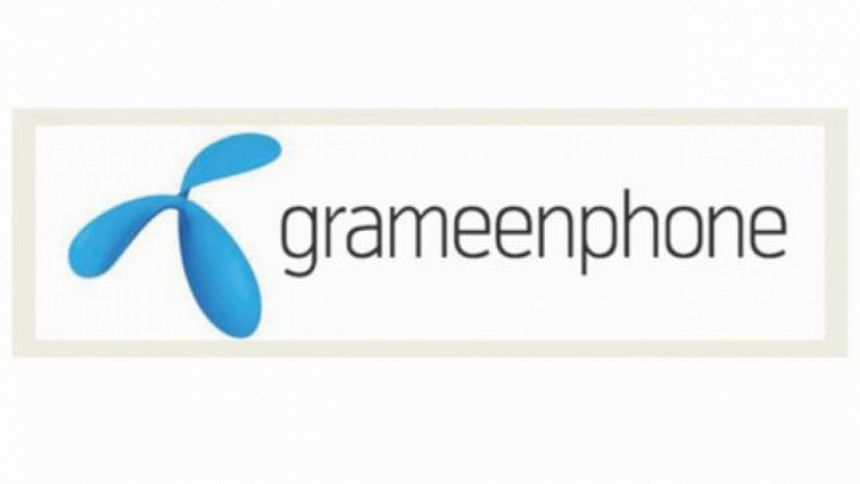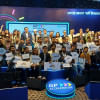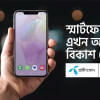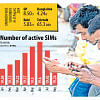GP subscribers suffer highest call drops

Grameenphone users suffer the highest call drops and they wait longer to get connected to the number they dial, according to a report of the Bangladesh Telecommunication Regulatory Commission.
The connecting time and the rate of calls dropped do not meet the standards set by the regulator.
The BTRC carried out a quality of service (QoS) test between November 6 and 8 at 15 locations in Dhaka. It made 3,300 machine-generated 90-second calls and published the test report yesterday.
In the report, it said the call drop rate of Grameenphone, the biggest carrier in the country, was 3.38 percent.
The BTRC and the International Telecommunication Union have set 3 percent as the limit.
The call drop rate of Robi, the second largest operator, was 1.35 percent, Banglalink 0.58 percent, and state-run TeleTalk was 1.58 percent.
The report said Grameenphone took an average 10.14 seconds to connect phone users, Robi took 6.15 seconds, Banglalink 7.69 seconds, and TeleTalk 7.11.
The BTRC has set 7 seconds as benchmark for connecting time.
It also found that 99 percent calls of all carriers were successfully connected, which was above the BTRC standard of 97 percent.
Among all the carriers, Robi's voice call quality was found below par.
The tests also checked 4G speeds being delivered by the carriers and found all three top operators were giving below 7Mbps, the minimum 4G speed set by BTRC.
Grameenphone's average downlink speed was 5.88 megabits per second (Mbps), Robi's 5.91Mbps, and Banglalink's 5.18Mbps.
TeleTalk had no 4G coverage at the time of the test.
The BTRC said they had run similar tests in Chattogram and other cities and the reports would be revealed gradually.
Contacted, Grameenphone in a written statement to The Daily Star said it maintains the best network in the country and conduct drive tests on a regular basis to ensure that its "network superiority" is maintained.
"In November and December last year the call drop rate was 0.31 percent in Dhaka. With respect to BTRC drive test results in question, a meeting was called by the BTRC last week, in the presence of all the MNOs [mobile network operators], to discuss the result and to identify a proper drive test modality for an accurate network quality and performance analysis.
"After checking the logs of the BTRC drive test, several abnormalities were found and accepted by the regulator."
"Moreover," it added, "if those abnormalities were taken into account we have shared information with the BTRC that the actual call drop rate for GP would be 0.49 percent."
The BTRC had agreed to consider the recommendations on the drive test modality and hold off releasing their report, said Grameenphone.
"In the circumstances we question the motivation on releasing a disputable report that does not make an accurate representation of the network service quality."
Shahed Alam, head of corporate and regulatory affairs at Robi Axiata Ltd, said, "We need to keep in mind that a drive test doesn't give a definitive picture of the overall state of quality of service. It gives an indication of a service at a specific time at a specific place. It may be noted that we conduct similar tests regularly to assess our QoS. Since the regulator hadn't shared the detailed data of the drive test, it is difficult for us to make a conclusion on our QoS based on their test results."
The Daily Star did not get comments from Banglalink and TeleTalk despite several attempts.
A senior official of a carrier said the BTRC had carried out the service quality test outdoors. Service quality indoors could be different.
Carriers had earlier mentioned that they could not properly cover at least eight spots in the capital and that they even faced restrictions in setting up their network.

 For all latest news, follow The Daily Star's Google News channel.
For all latest news, follow The Daily Star's Google News channel. 








Comments